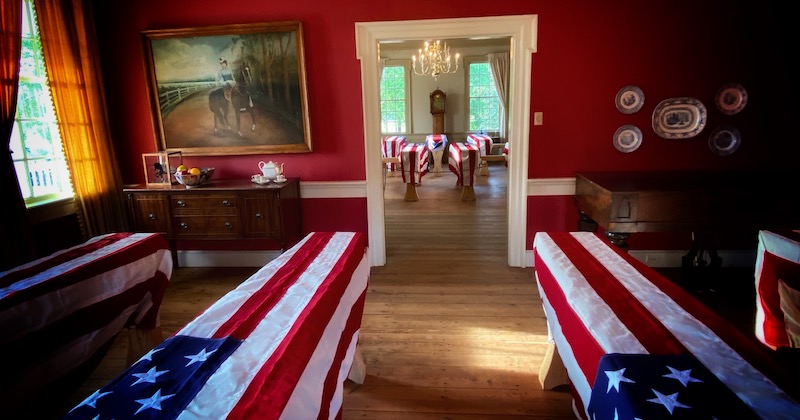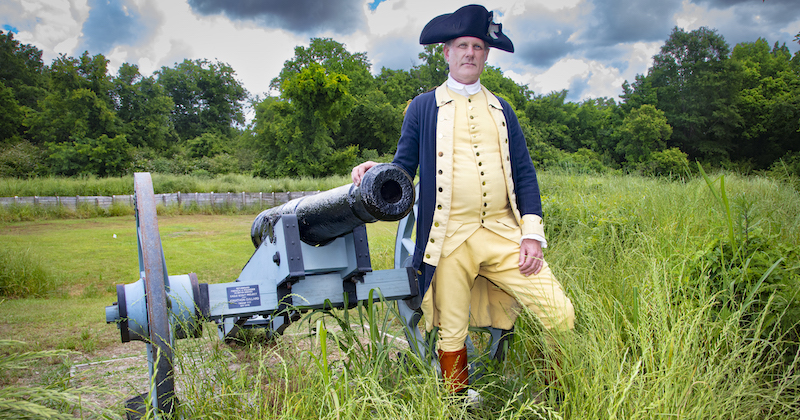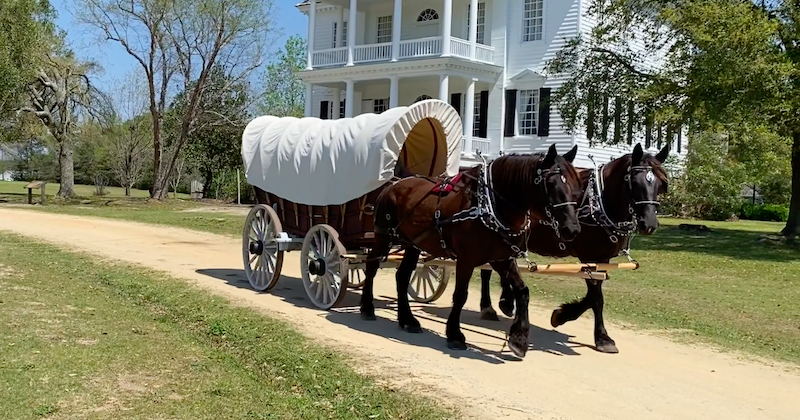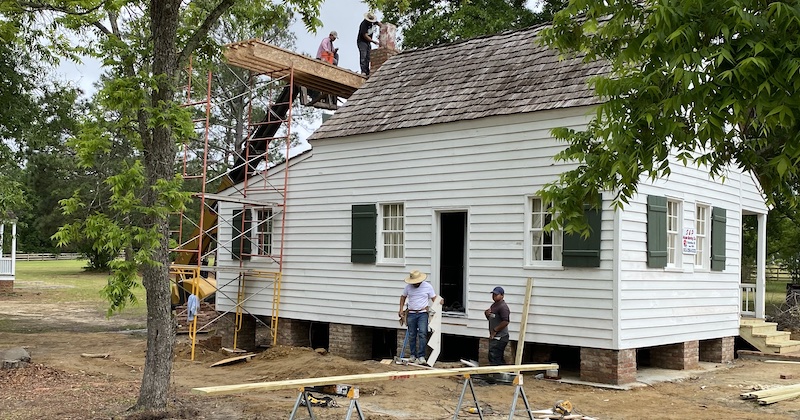WHAT'S HAPPENING
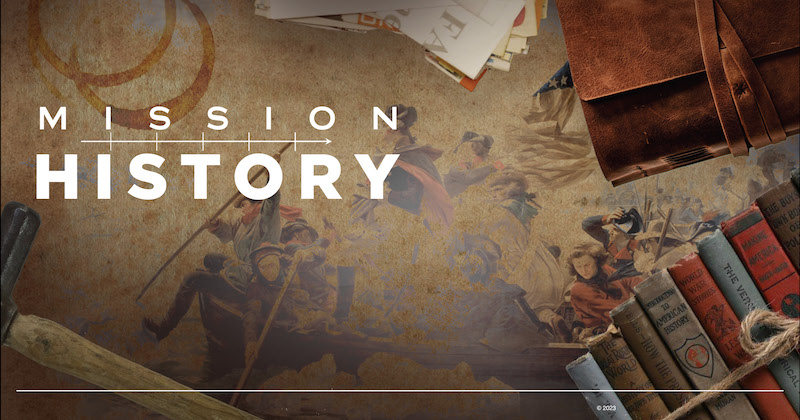
Rediscover the past with Mission History, a podcast that unearths the tales of legendary military leaders, epic campaigns, and covert missions that remained hidden for years.
SEASON ONE: Is an invitation to stand shoulder-to-shoulder with history itself, and to grasp the monumental significance of those who etched liberty's story into the chronicles of time.


